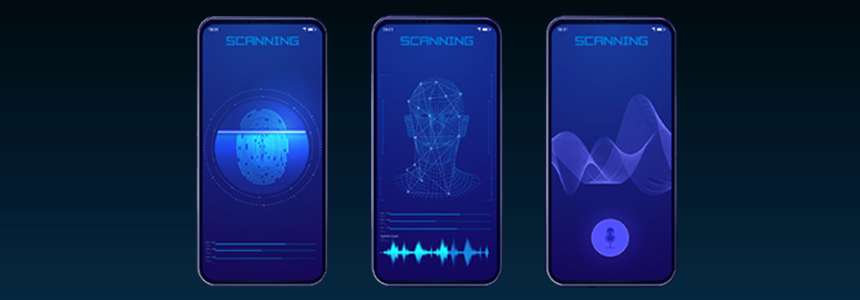
If you have ever made an account online, then you have credentials worth safeguarding. At the same time, you have gone through the countless times you have forgotten your passwords, clicked on forgot password, and finally accessed your account. Multi factor authentication is a term that most of us are aware of. Some of your businesses might be provided with a password manager to store them all for easy access, while others might still have them all jotted down in an excel sheet, web browsers, or even a piece of paper!
Anybody with a bad intention could easily take over your accounts because of such habits. But, old habits are hard to get rid of. People will always make mistakes with their passwords. When it isn’t storing them, it can be about repeating them in all applications with minor tweaks.
A Verizon data breach report stated that 80% of breaches were due to stolen credentials. So what can you do? Multi factor authentication is a term that most of us are aware of. These protect your password habits with several other factors of authentication. This ensures your security isn’t compromised even if your passwords are compromised.
Here are some password attacks that can be prevented using Multi Factor Authentication
1. Social engineering
These are attacks where the bad actor takes advantage of the vulnerability of human psychology. Be it excitement by showing fake offers, fear by showing fake deadlines, or curiosity by showing fake information. Using social engineering methods, bad actors try and steal the user’s credentials.
If this has happened, and your only login mechanism is a user name and password, then you are most likely going to be hacked. On the other hand, if you have MFA set up on your accounts, then the bad actor is in for a task.
Adaptive MFA utilizes the user’s usual behavior attributes such a device, location, time of login, and more. So whenever a login request is made from a new device, the solution automatically steps up the authentication mechanisms, it can be an OTP sent to your phone. Now, when you realize this is suspicious activity, you can quickly report it and have your account safeguarded.
2. Brute force attack
This is the trial and error method of password attacks where the bad actors try every combination to break into an account. This method bombards the network with an array of credentials hoping that one of them will work, and they can wriggle their way into your account.
However, this cannot happen as easily with MFA in place. Assuming the bad actors are trying credentials at random and something clicks. They think they can finally log in, but if you have already enabled MFA, then the solution asks for an additional security question. This answer is exclusive to you and only you.
Now the hacker is stumped and cannot move beyond this account.
3. Keylogger attack
This attack is advanced in its own way. It records your keystrokes, thus capturing the password that you entered.
This attack will again get stumped when the user enables MFA. The hacker tries to log in using the password he/she tracked and now enters it. When the step-up authentication requires an OTP to be entered that is sent to your mobile number, this cannot be traced by the hacker as these are unique to each other.
4. Credential stuffing
Unlike brute force attacks, credential stuffing adds some more context to hacking attempts. Here, the bad actors receive a bunch of stolen credentials. Yet, the rules of how MFA helps in brute force attacks apply to credential stuffing as well.
Any step-up authentication method, like OTP, challenge-response questions, etc., will protect your account.
5. Security of your physical devices
Now the hacker was unable to get hold of your accounts. What next? They might try to steal your device itself to access your data. Or maybe you lost your phone somewhere with all your applications actively logged in, because who wants to log in to Instagram and Twitter even hour, right?
Although reasonable choices, it can get into grave trouble if a bad actor gets your phone. Enabling multi-factor authentication using biometric authentication features is a sure way of securing them. Facial recognition or fingerprint scanners are technologies that are available on multiple phones. Make use of that technology!
6. Security after a data breach
A data breach can hit the pause button on your business. If in an attack, all your employees’ credentials were hacked, you can still save the data. Be it employee credentials or your customer’s credentials in a bank application. It is not the end of the story. If your employees and customers have MFA enabled, then simple credentials won’t cut it. Also, if they don’t have it enabled, then quickly alerting them after the breach to enable such a feature can take your trust with the employees and customers a long way.
Even though hackers are getting smarter with their ways, there is abundant technology to safeguard your accounts as well. Take advantage of multi-factor authentication and ensure your data is safe even when your password isn’t.
